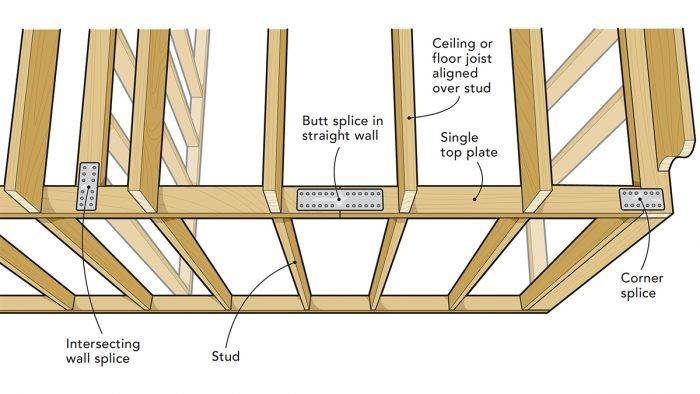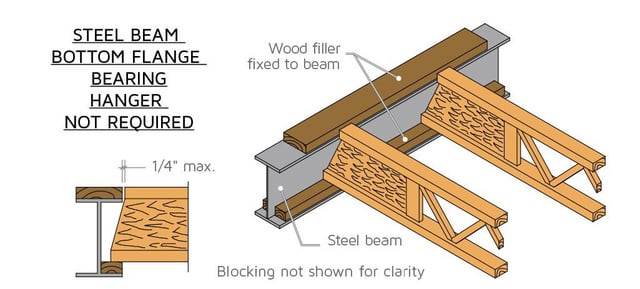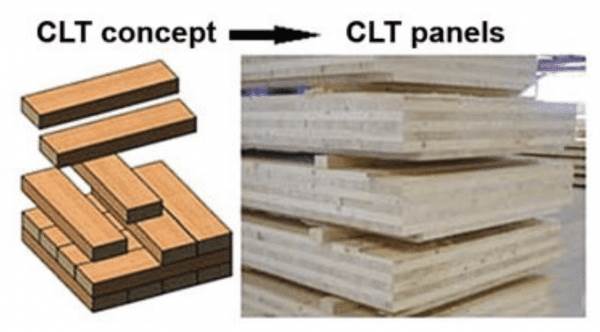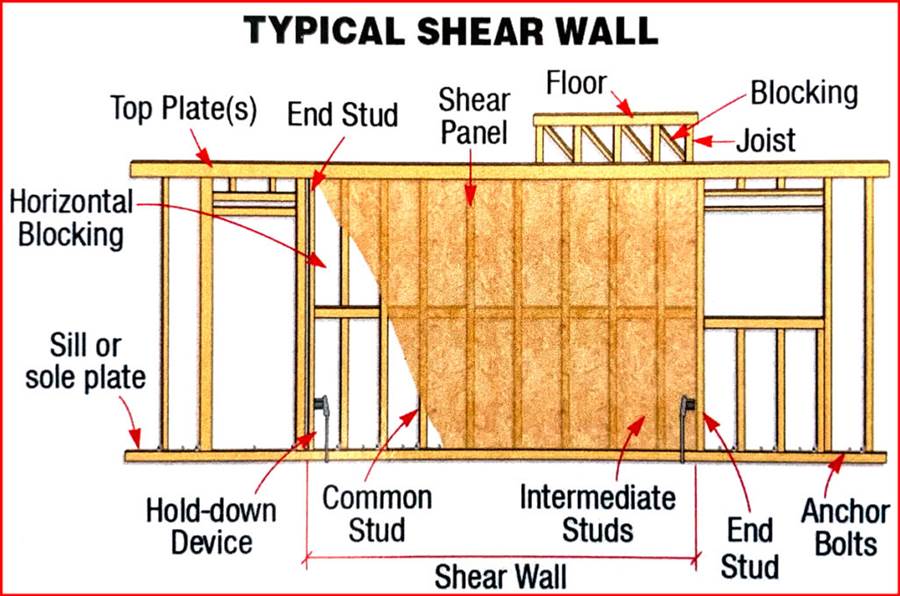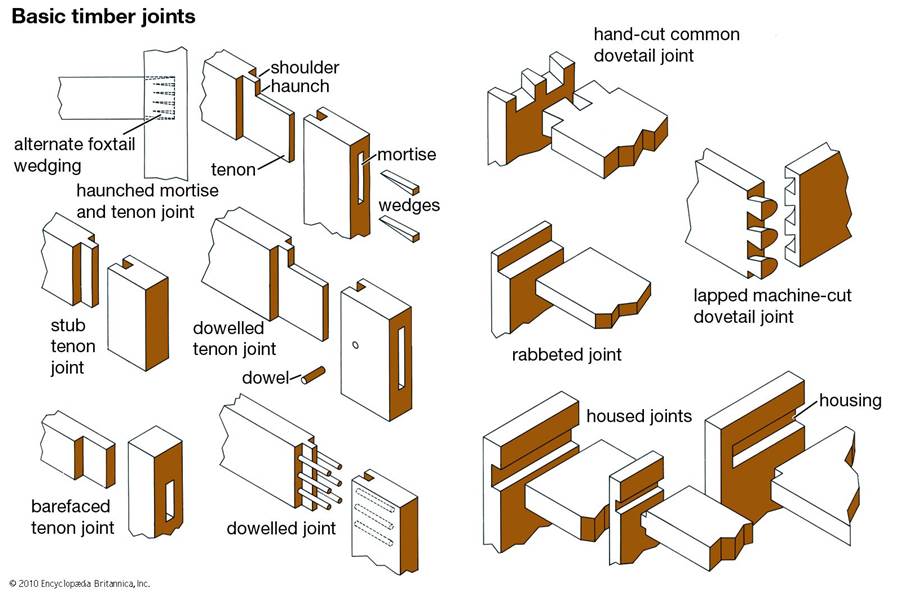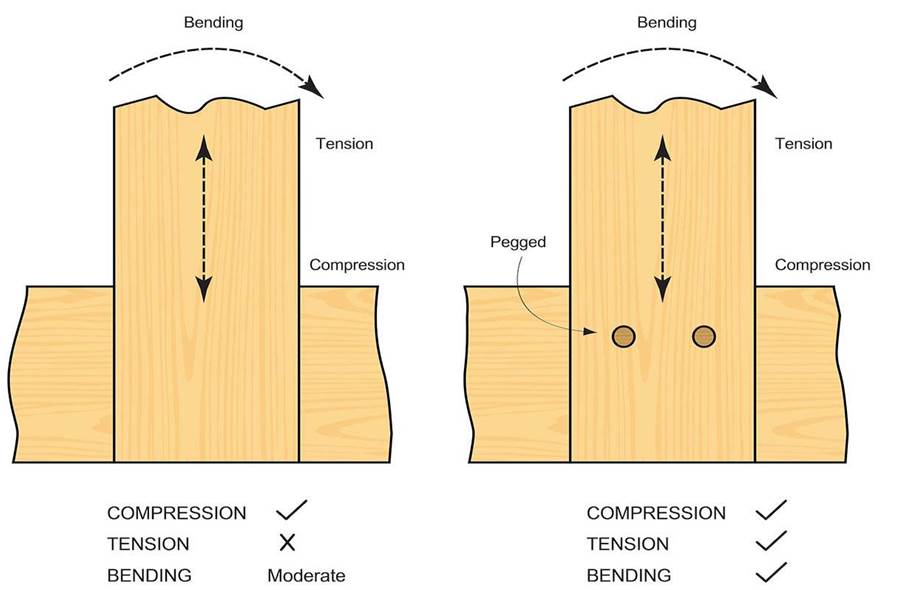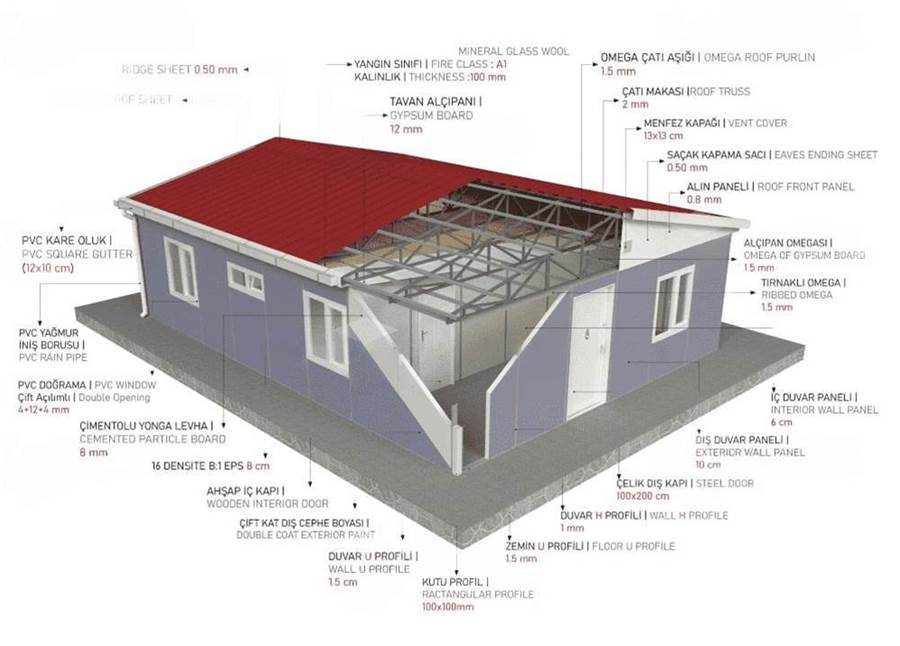
In recent years, the construction industry has undergone rapid transformation driven by technological innovation, policy requirements, and the growing emphasis on sustainability and efficiency. While the basic goal—building functional and reliable structures—remains unchanged, the methods used to achieve it are becoming increasingly diverse. Below is a review of five notable construction methods that are now commonly used around the world, along with the key advantages and challenges associated with each.
1. Prefabricated / Modular Construction
Prefabricated or modular construction is often described as a "building block" approach. Structural elements—or even entire rooms—are manufactured in factories and then transported to the construction site for final assembly. The key benefit is significant time savings. By shifting the majority of production to a controlled environment, developers can shorten construction timelines while also reducing waste and site-level pollution.
Nevertheless, modular construction needs careful planning in early stages. Transportation can be another constraint, as elements are typically quite large and require special handling. In addition, this method is usually most cost-effective when applied to highly standardized building designs.
The article is not finished. Click on the next page to continue.
The article is not finished. Click on the next page to continue.
Next page



